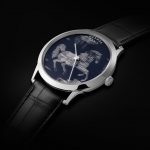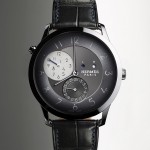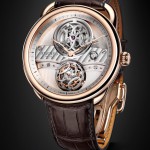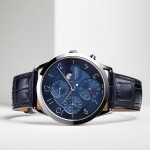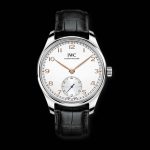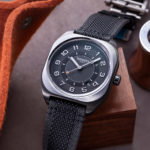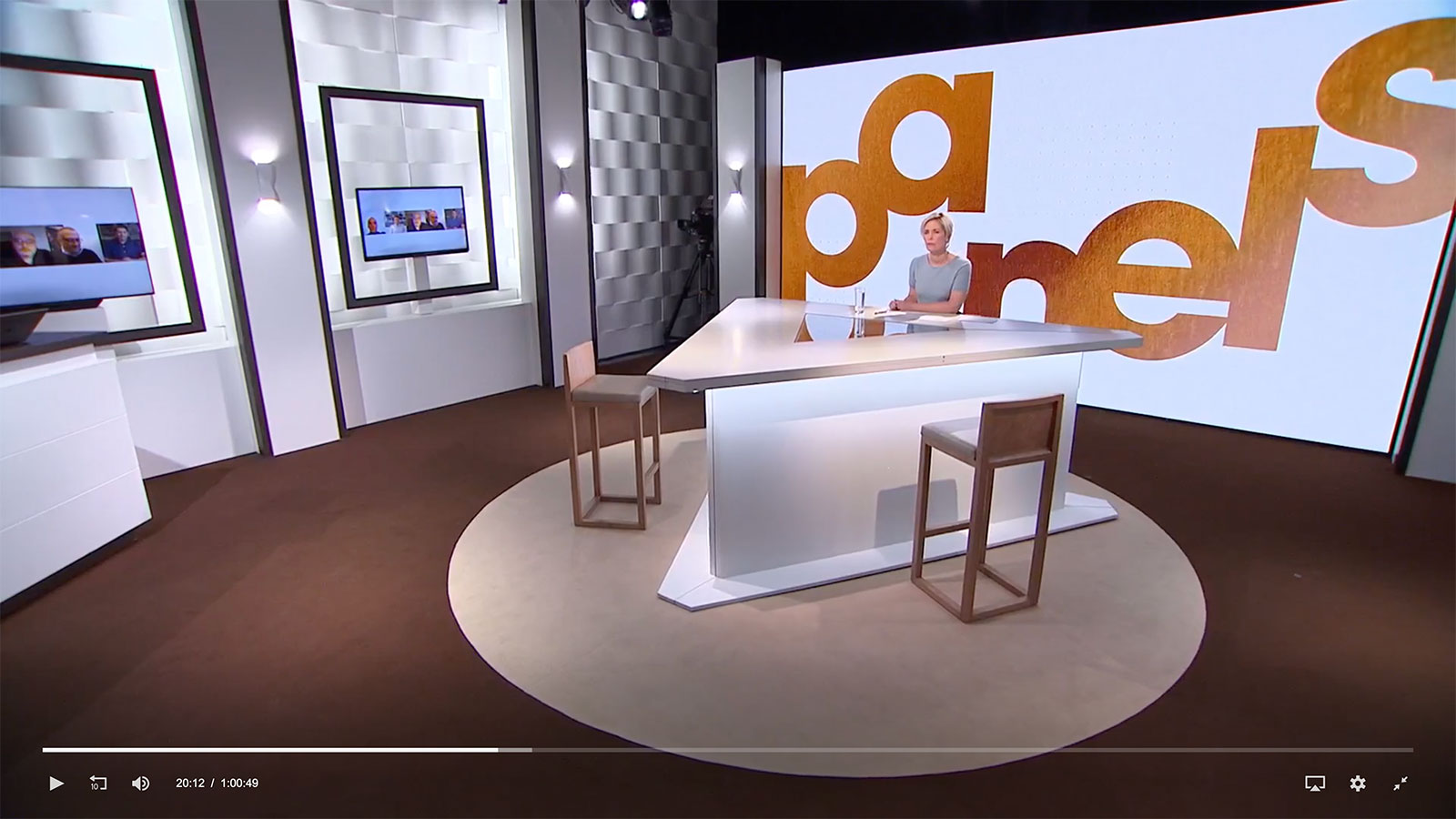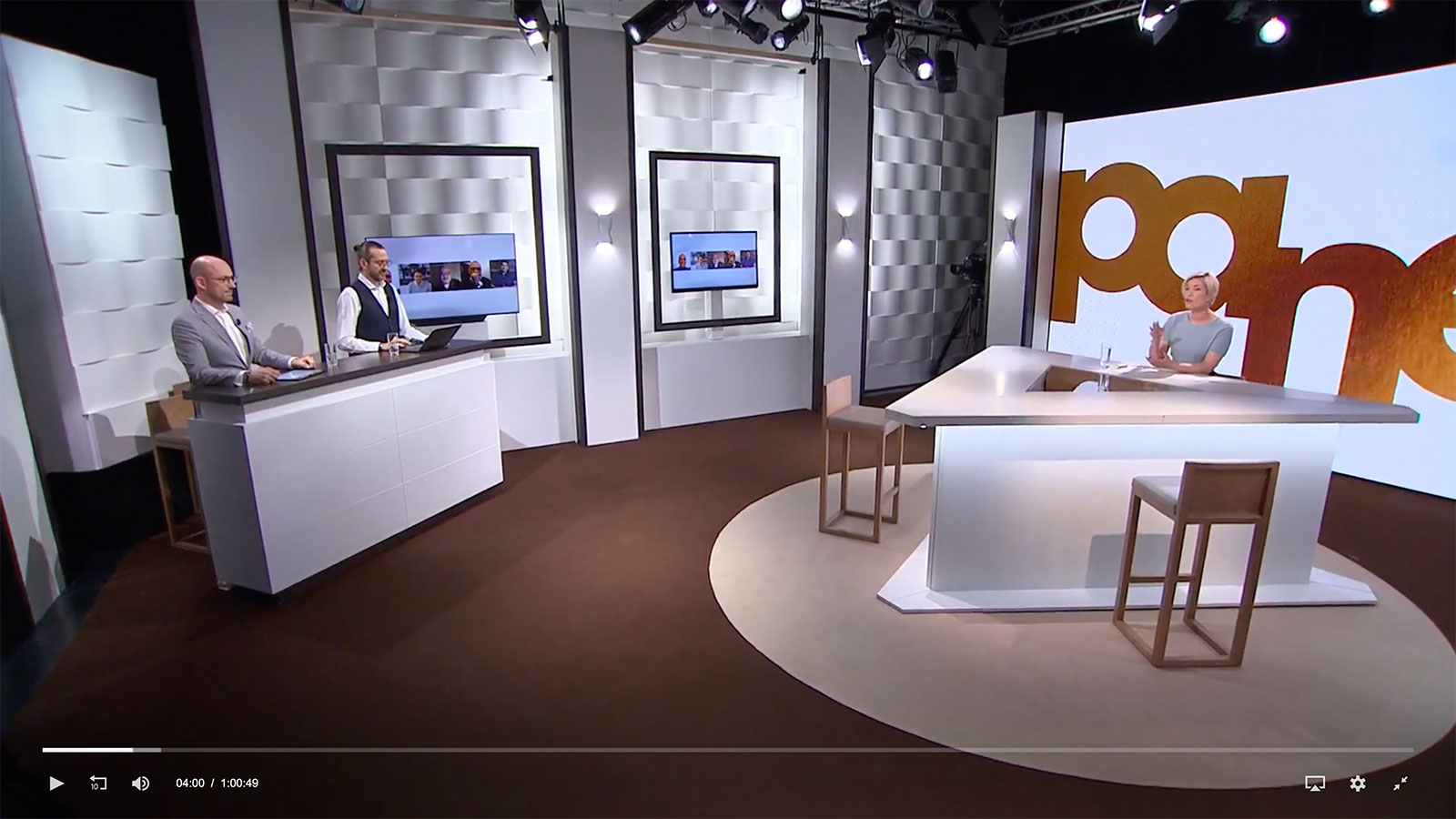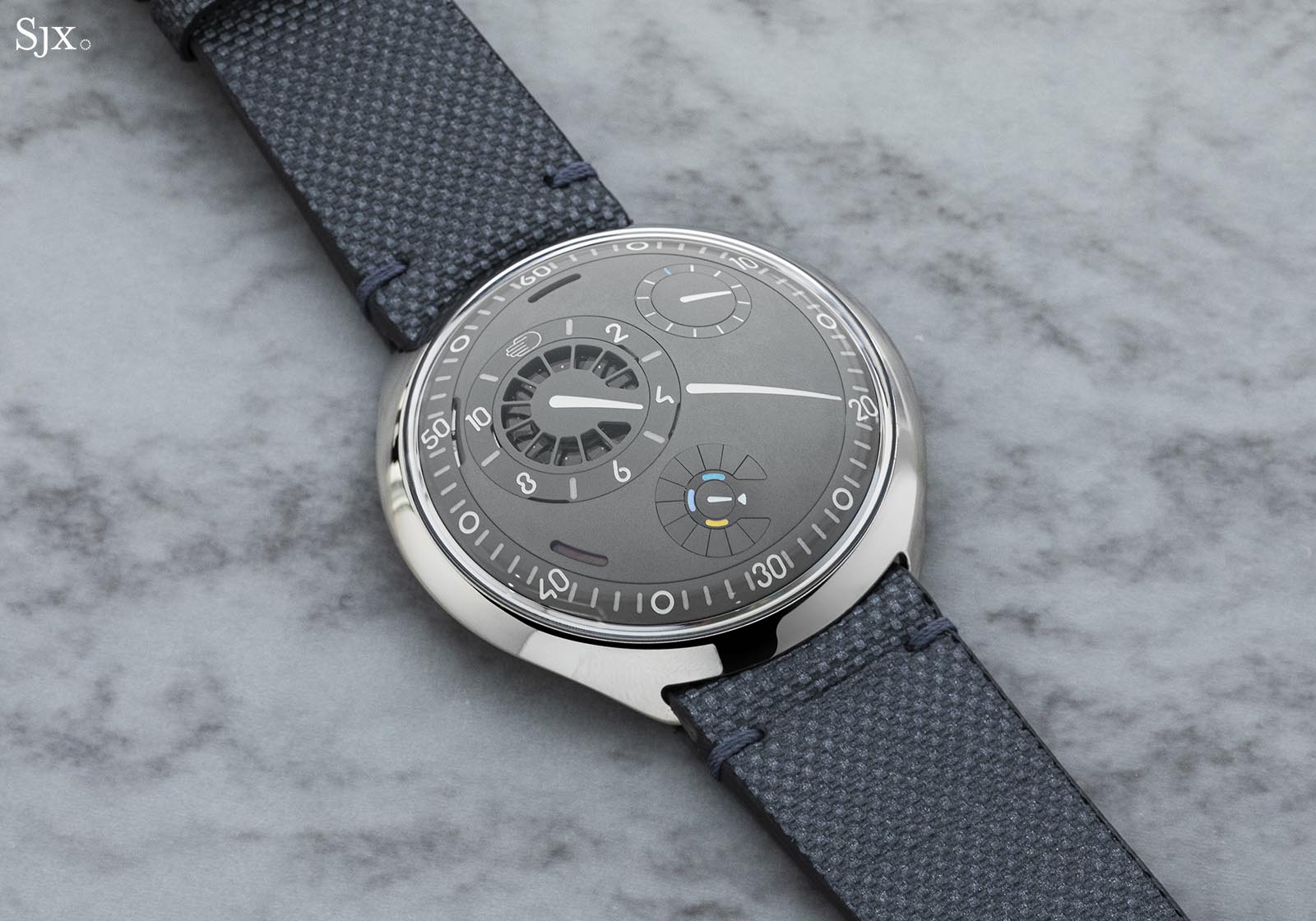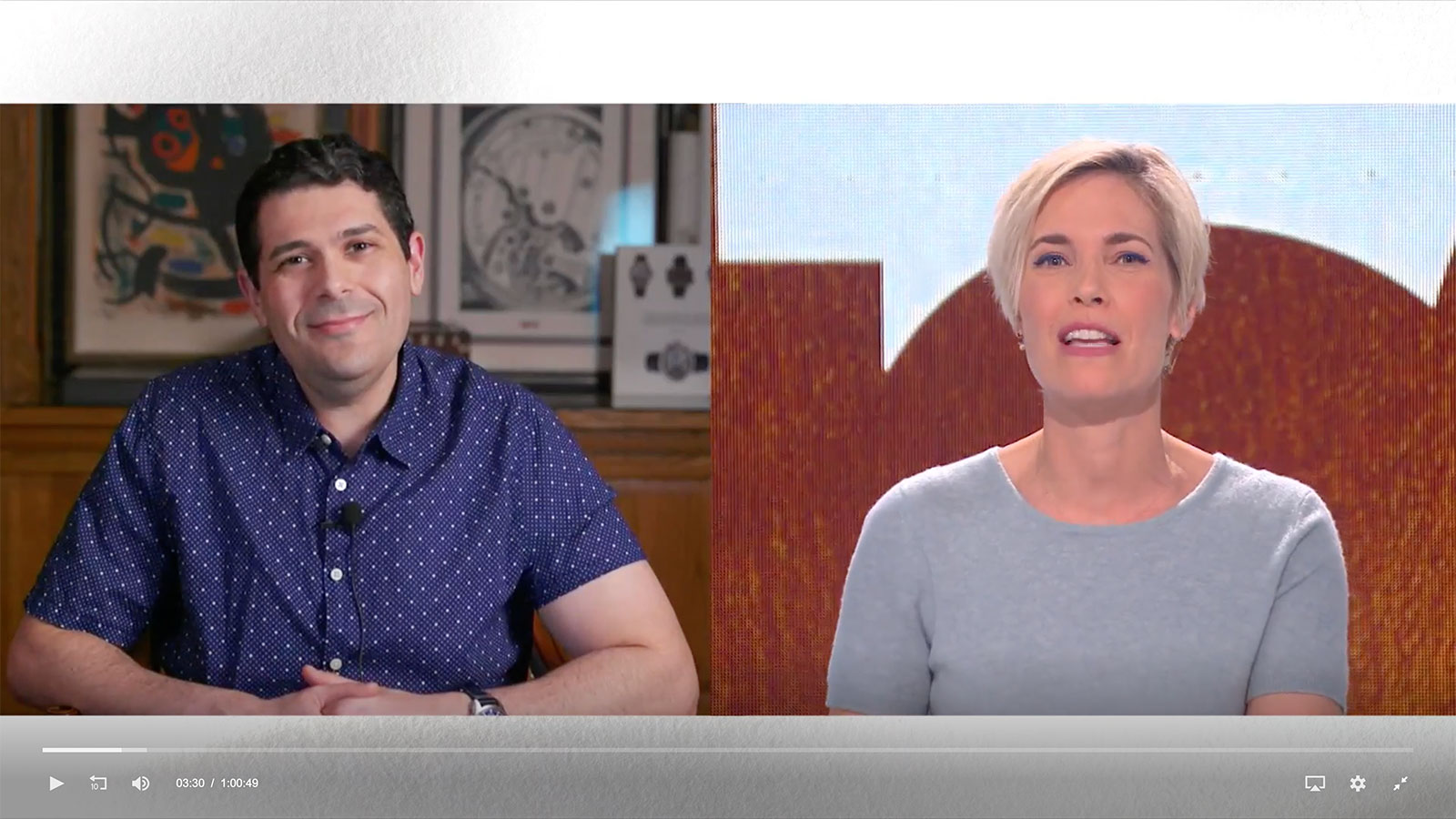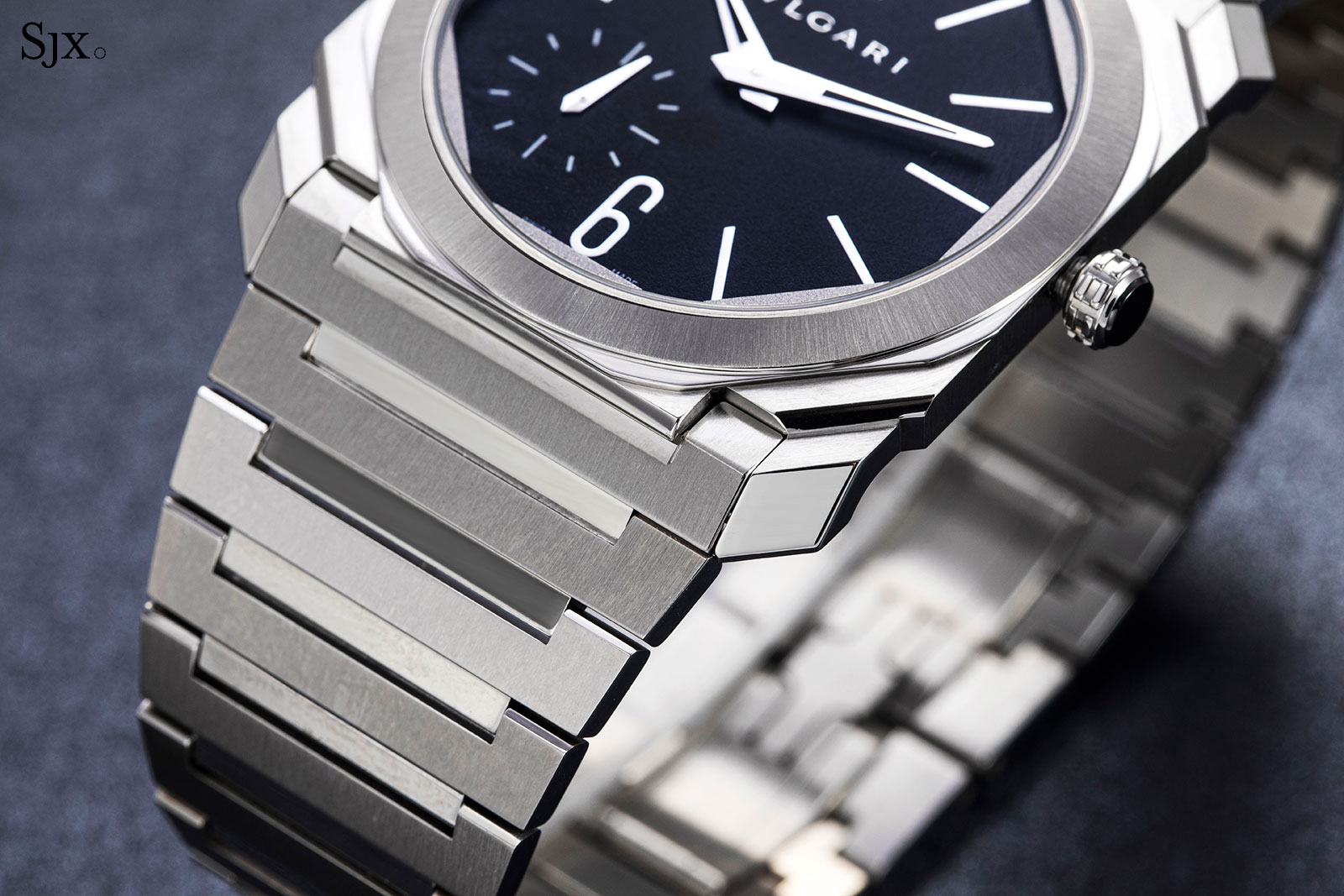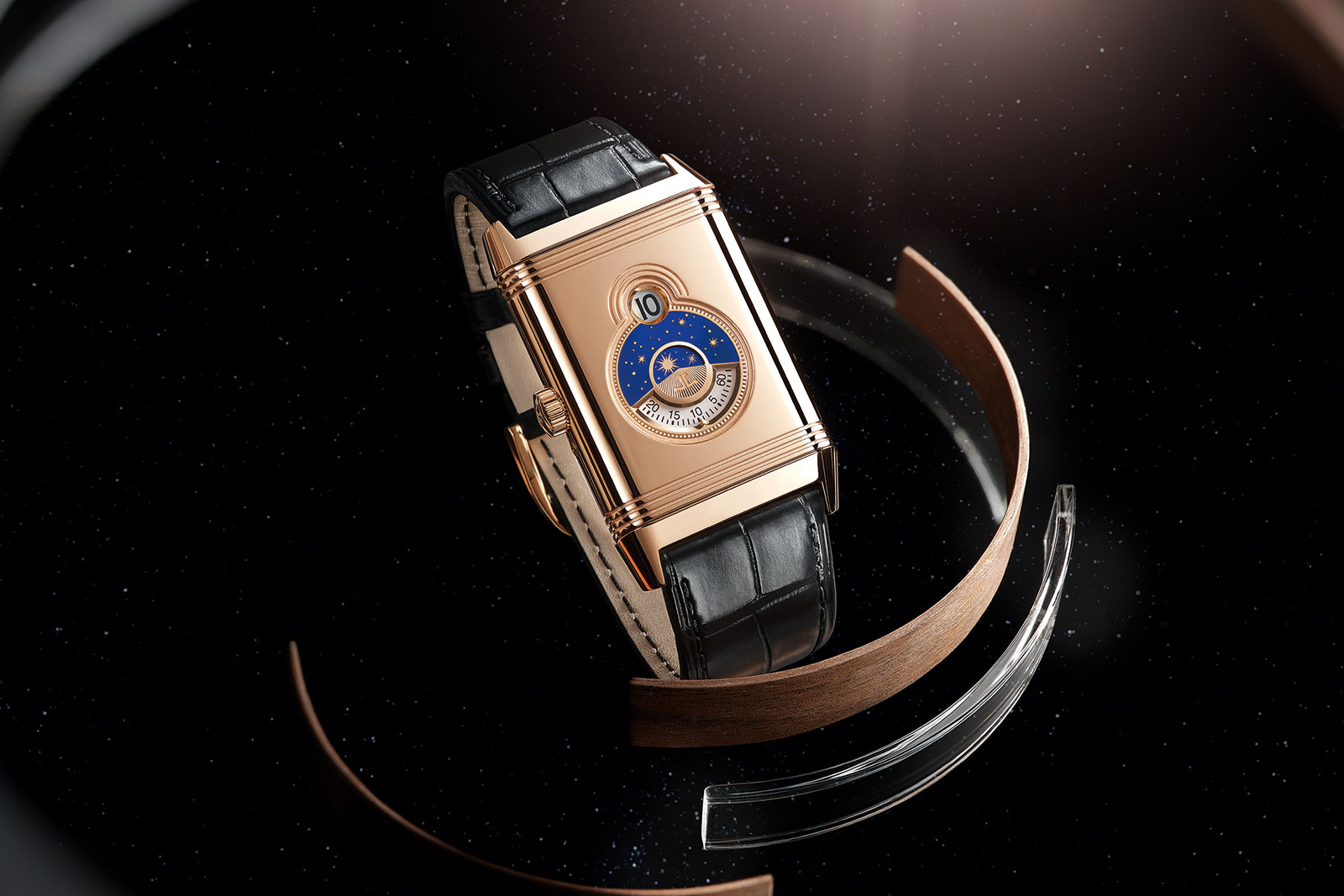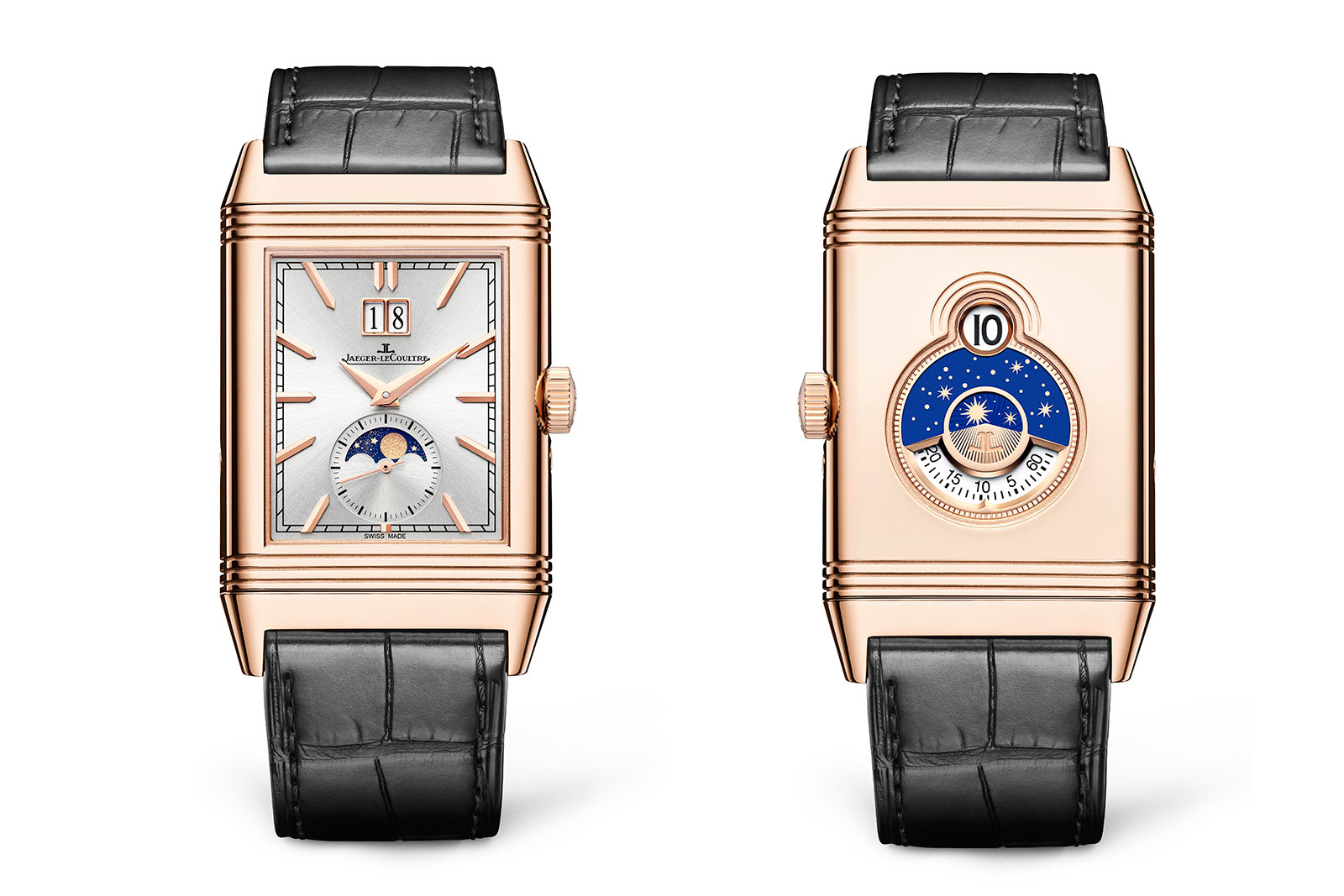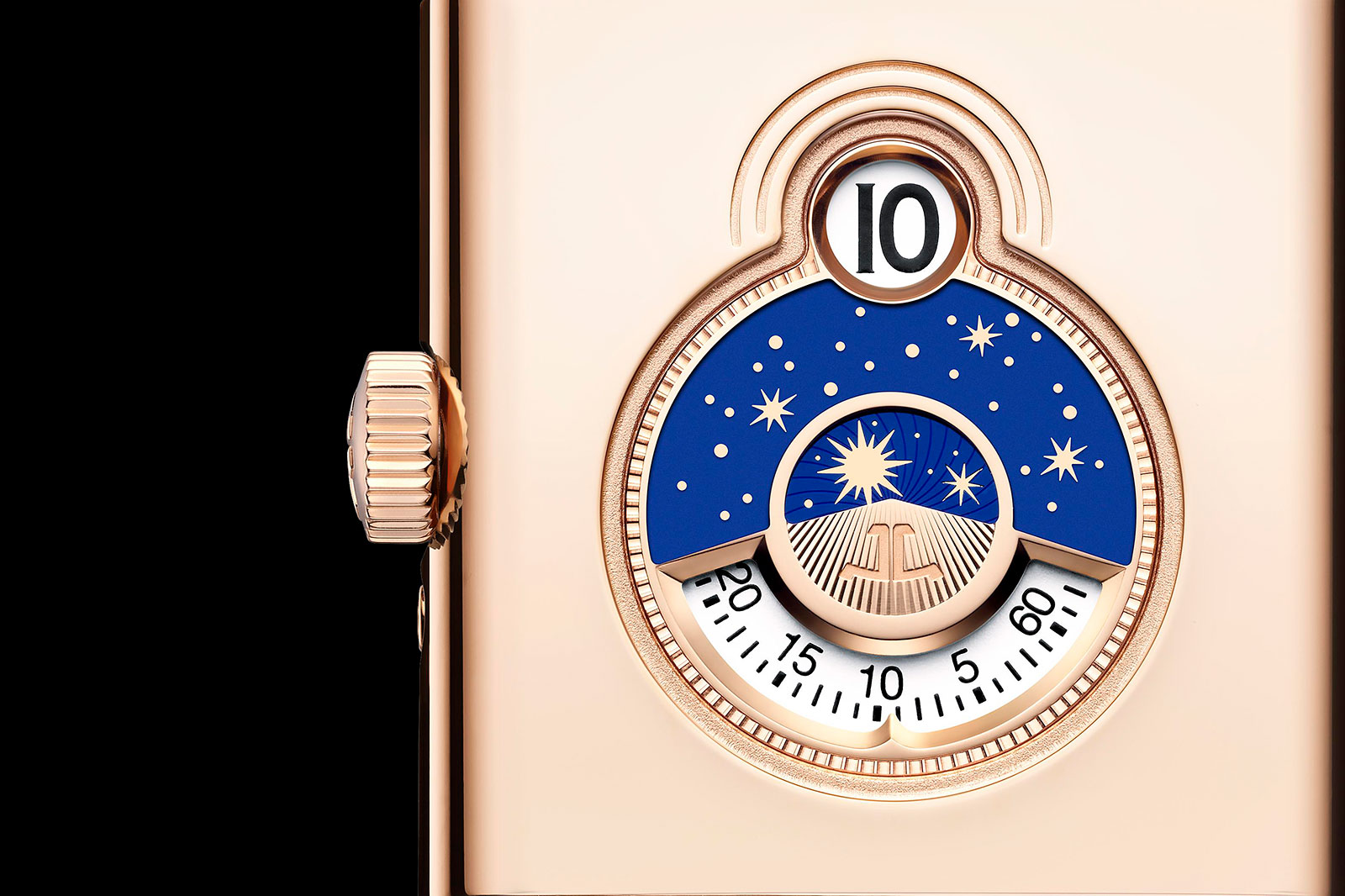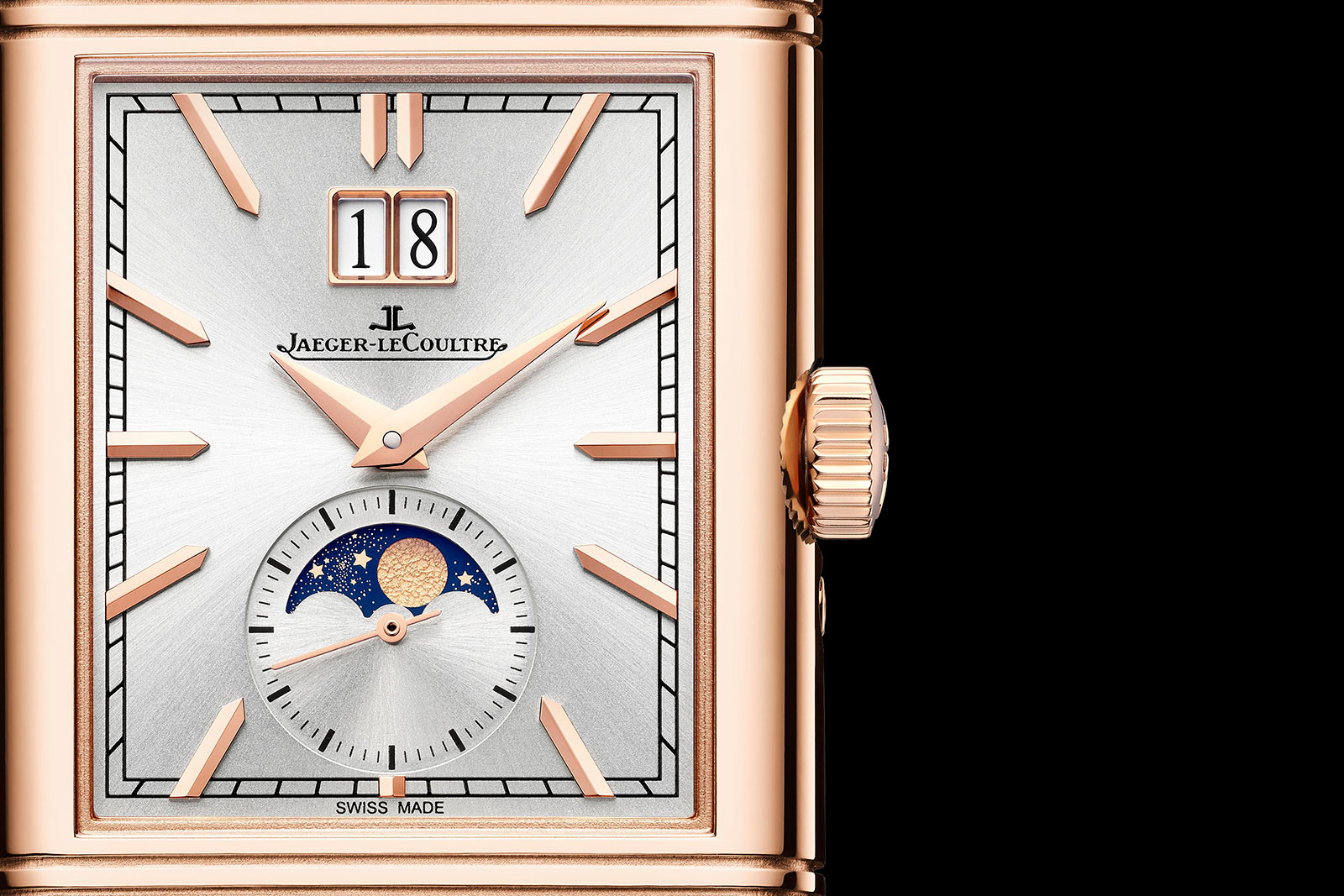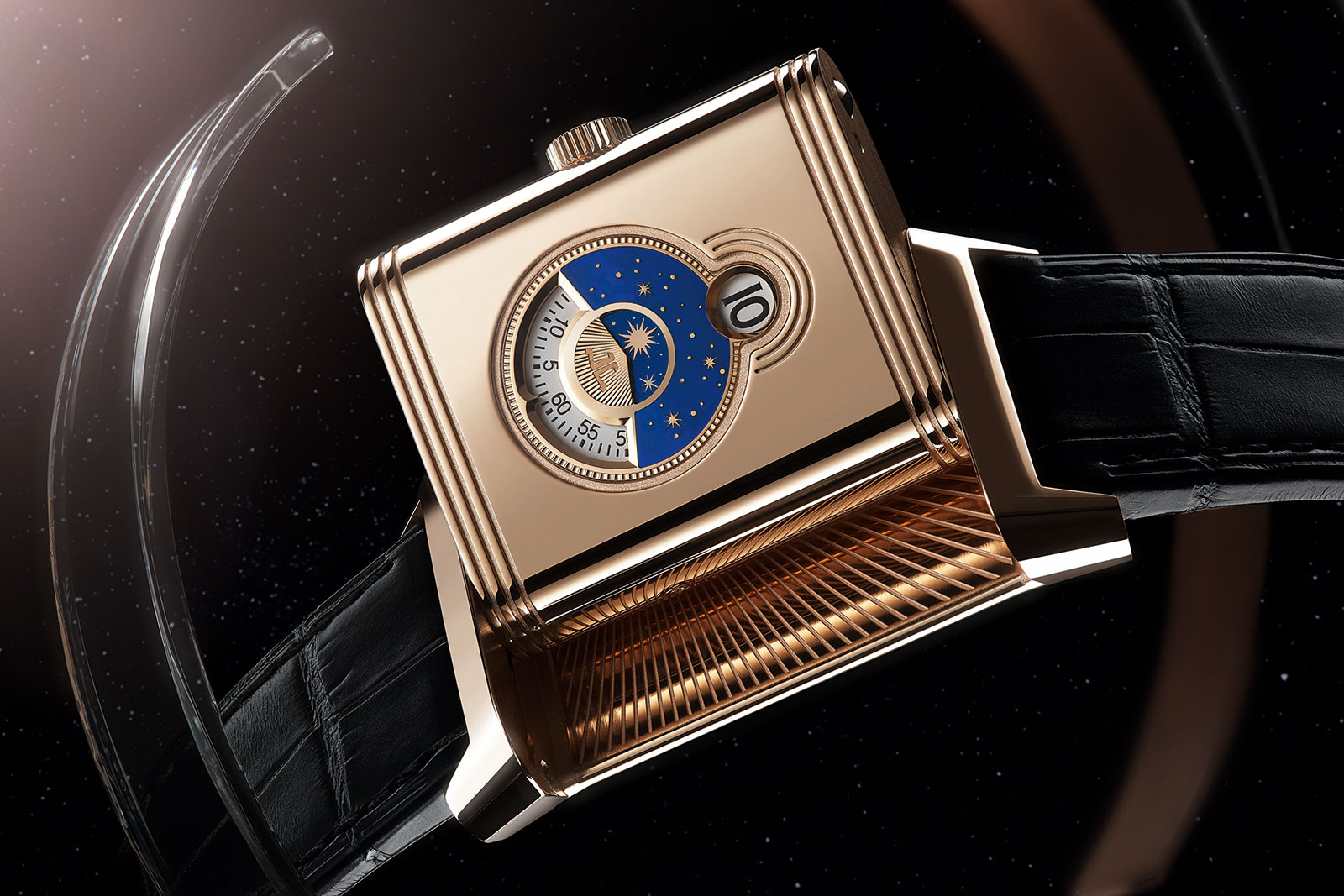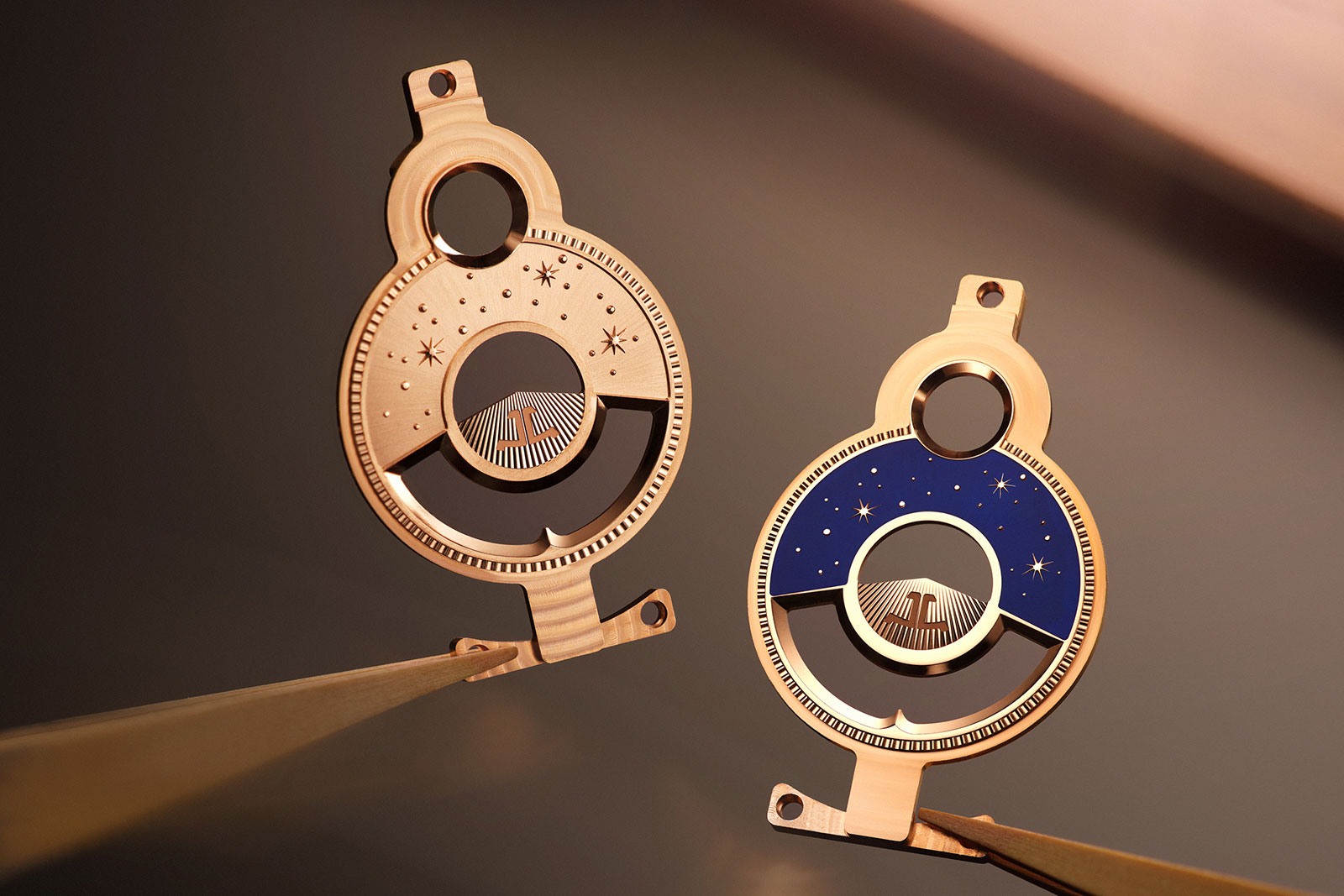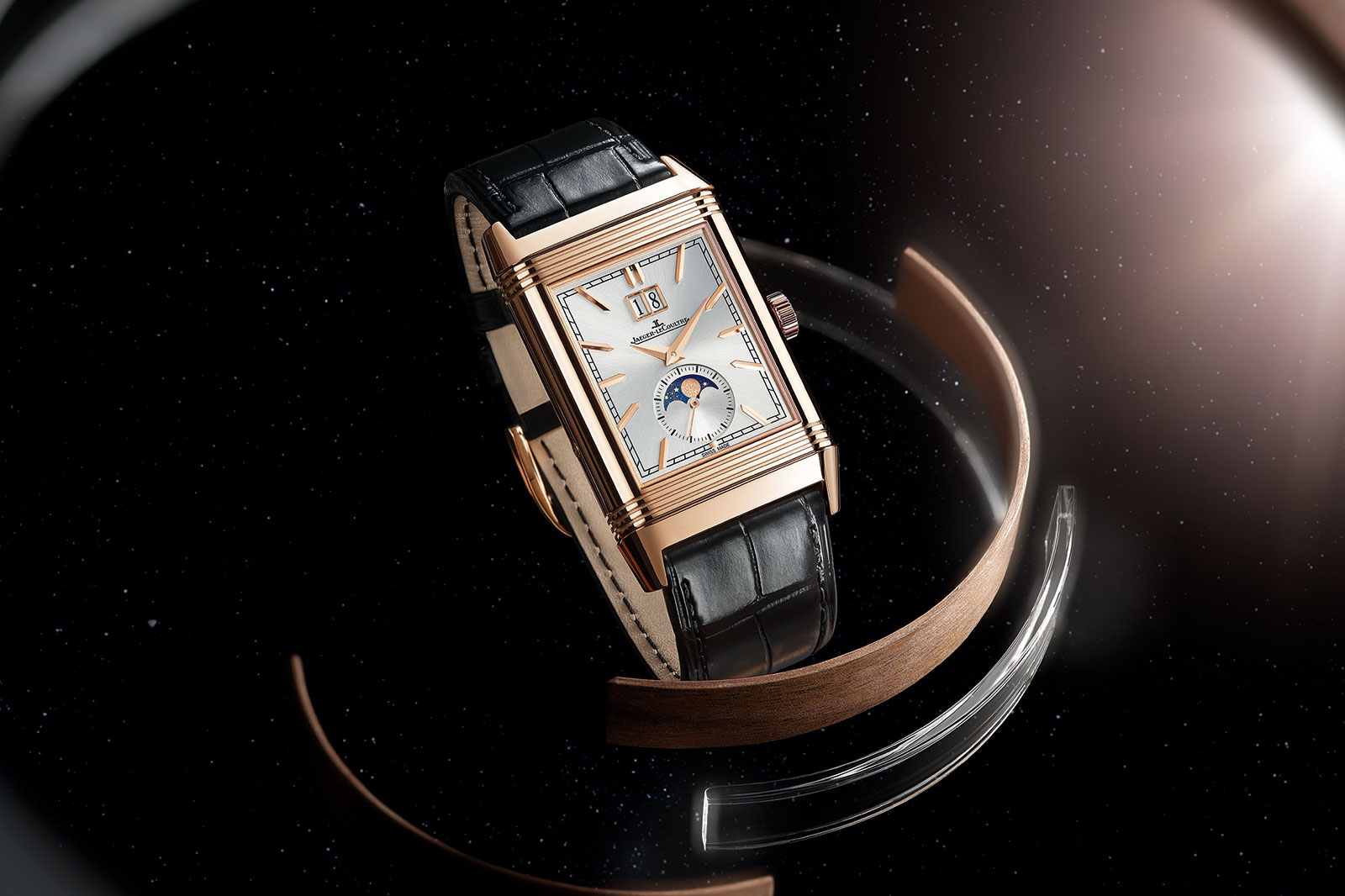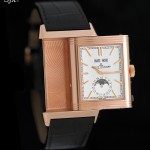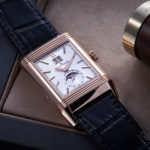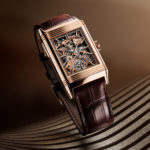Hermès Introduces the H08 Automatic
A smartly executed watch.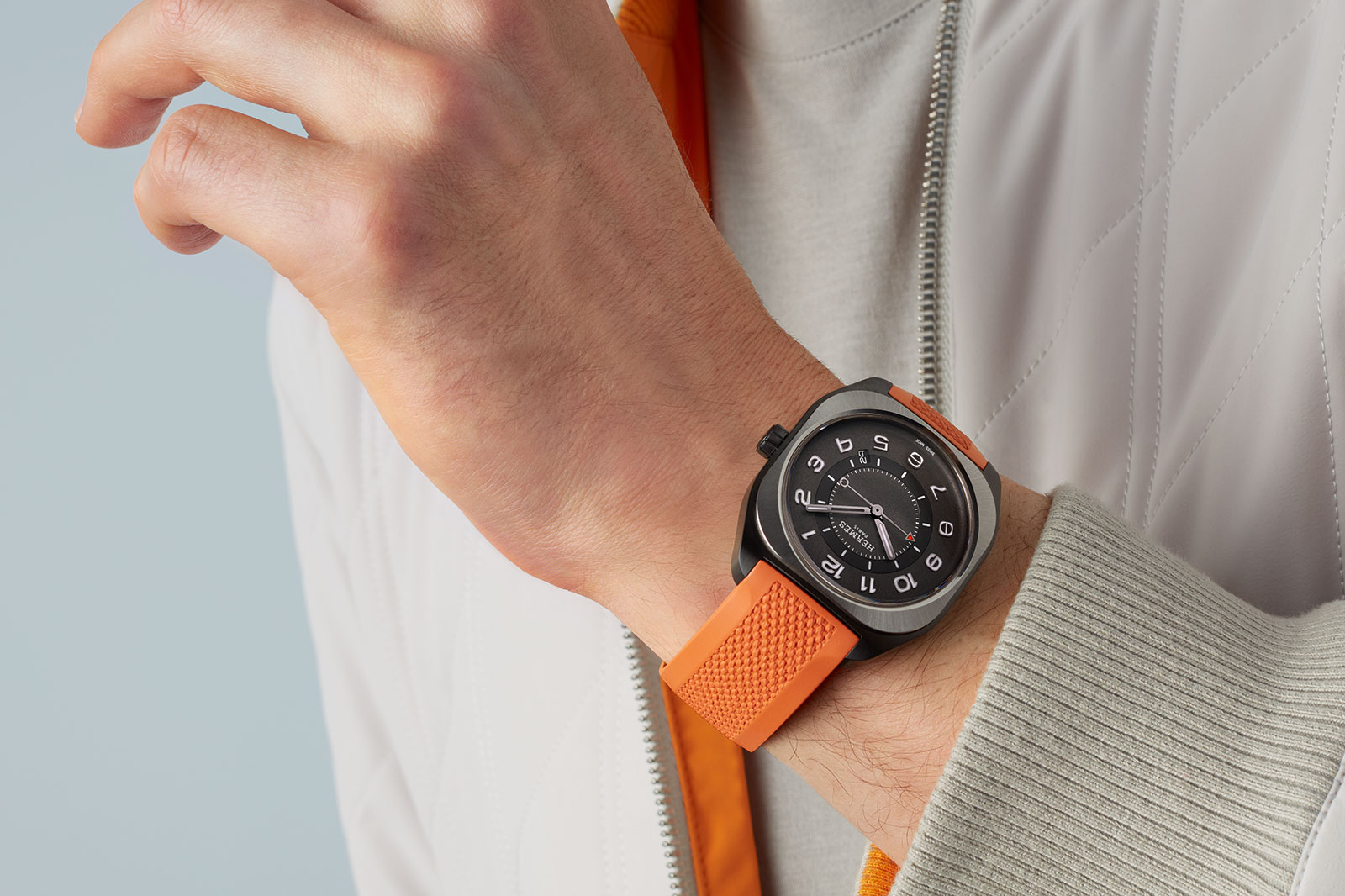
Conceived as an everyday watch with a modern aesthetic, the Hermès H08 is the latest mechanical watch for men from the Parisian leather goods maker. As is now the norm for Hermès, the H08 is a proper mechanical watch that’s powered by an automatic calibre made by respected movement maker Vaucher, while also having its own custom typography created specifically for the H08 (just as it was for the Slim d’Hermès wristwatch).
Slightly sporty in design, the H08 has a cushion-shaped case that’s available in titanium or an unusual graphene composite. And the titanium version is also available with a matching bracelet that is notably well executed.
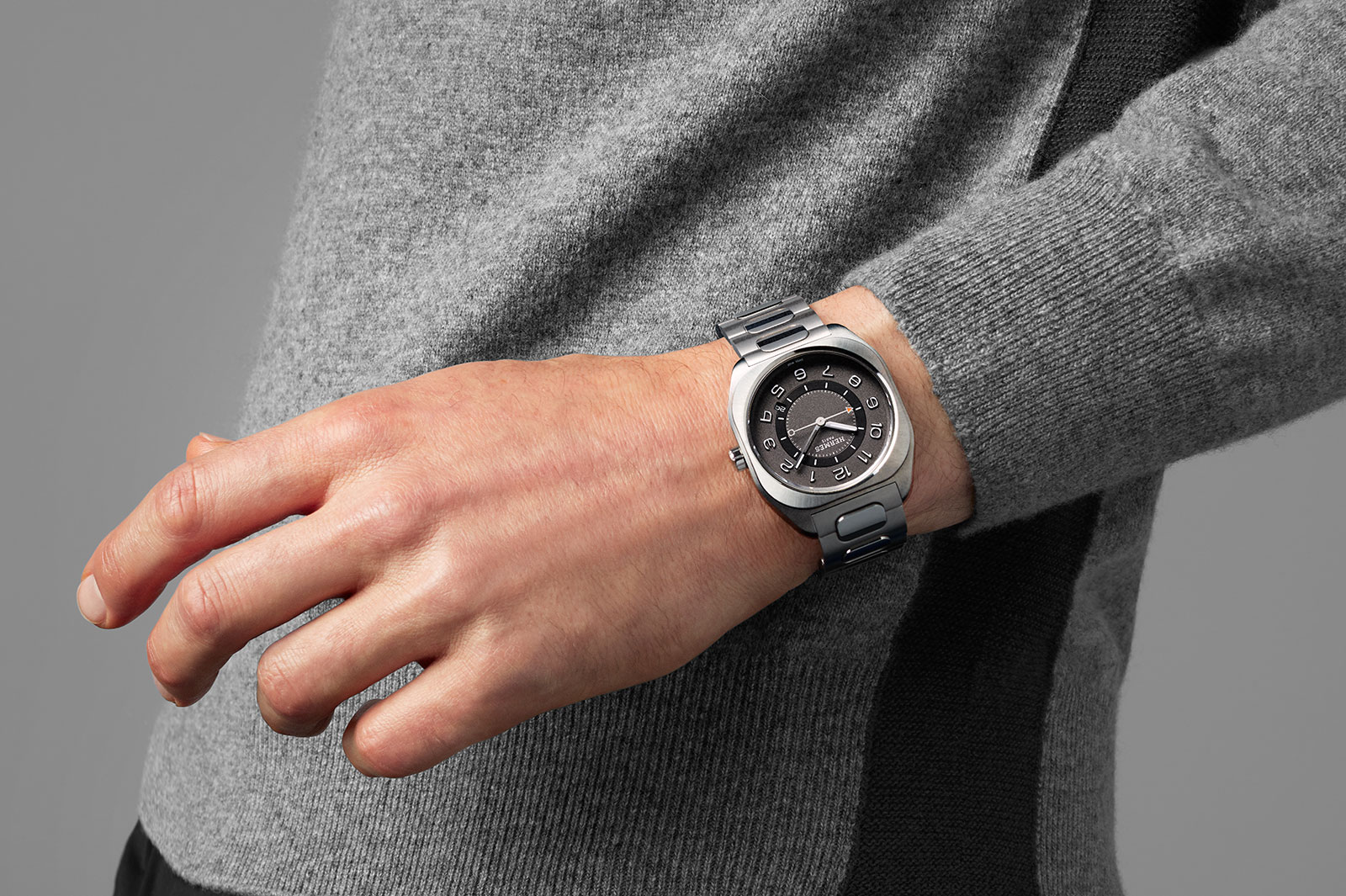
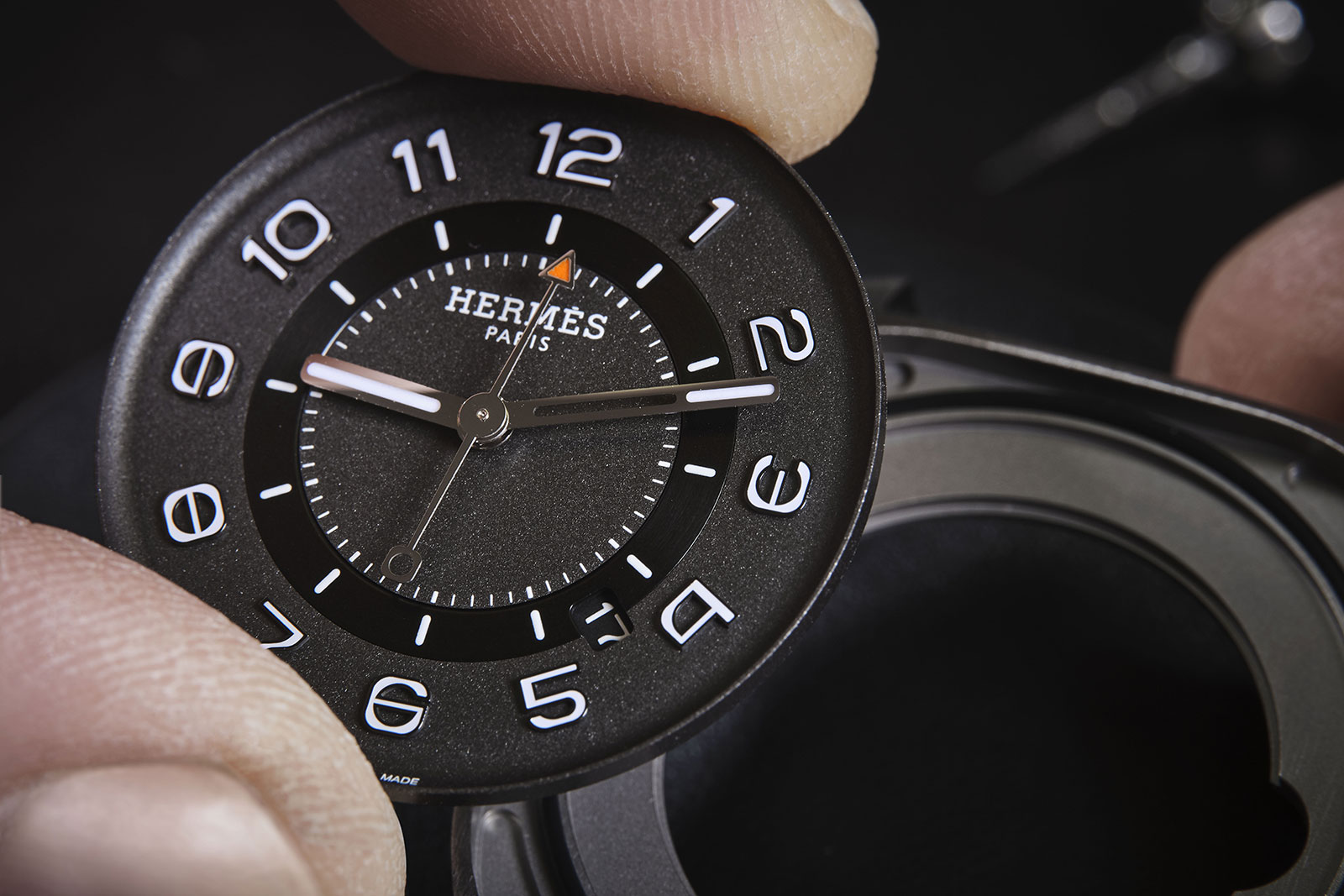
Initial thoughts
I played with the various versions of the watch, and I like it. They are well designed, well made, and importantly, well priced.
The case is smartly finished with a variety of contrasting textures, while also having a screw-down crown and 100 m water resistance. And it contains a Vaucher movement, which is an automatic assurance of quality in terms of construction, and finishing is sufficient at the very least. And it’s worth pointing out that the titanium version is also available on a bracelet that is done surprisingly well for a watch of this price.
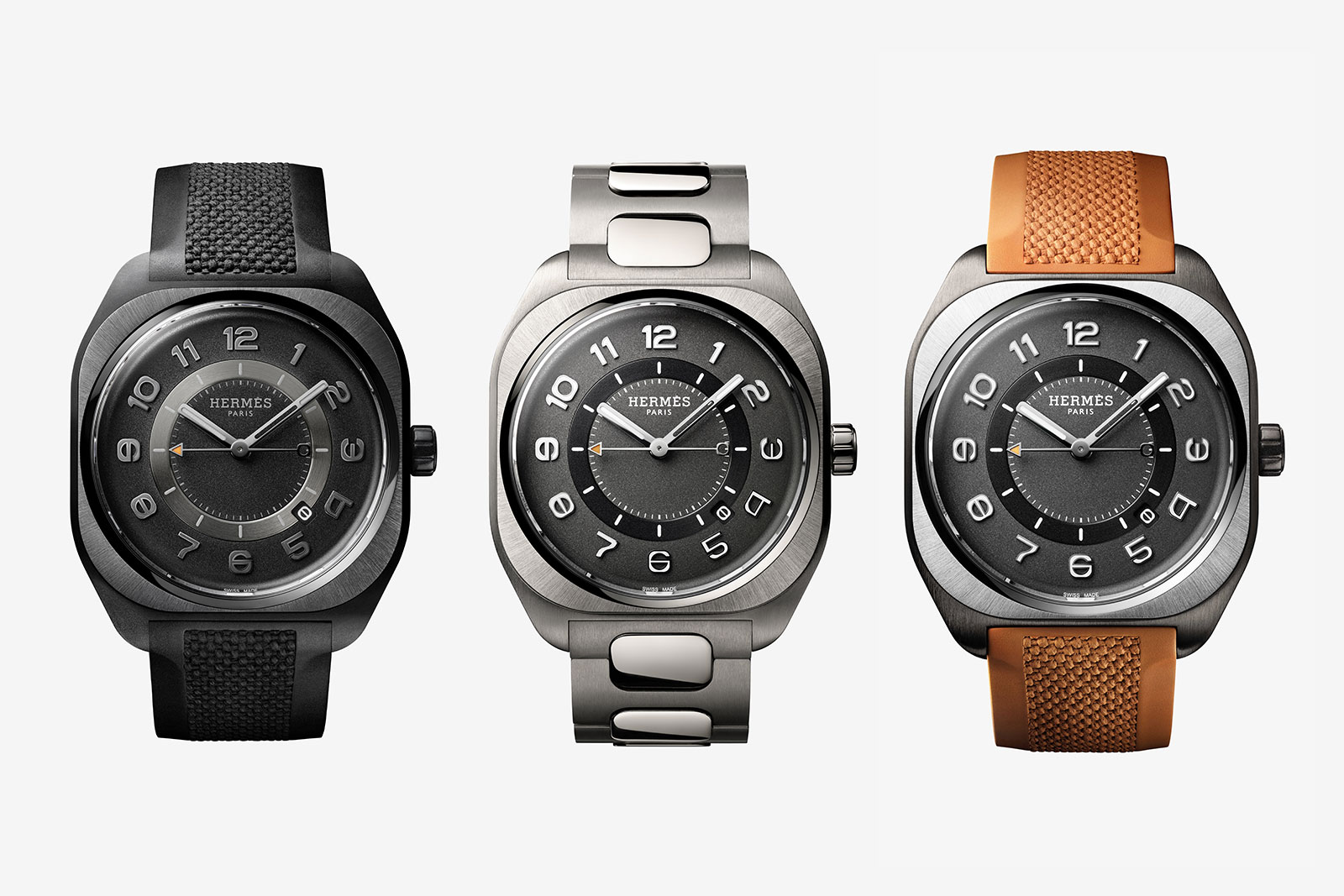
From left: Graphene composite, titanium, and DLC-coated titanium
That said, the fact that it comes from Hermès as opposed to an established watchmaker will no doubt be a major hindrance for a watch enthusiast. But I can say with certainty that the H08 is a well executed watch.
Priced at about US$6,000 on the bracelet – which is the best version in my opinion – the H08 is a value proposition considering the quality of the case and movement. However, the graphene composite version is pricey at US$8,900, and probably not worth the upgrade regardless of the lightweight case.
Sporting-inspired
Described by Hermès as having a “sporting-inspired design”, the H08 is a reasonably sized 39 mm by 39 mm – and a slim 10.96 mm high – which creates a relatively compact footprint on the wrist. And with a 100 m water-resistance rating, the H08 is also competent enough for sporty activities.
The case is a cushion-shaped, and finished with a good degree of detail. The bezel is radially brushed, with an innermost raised lip that’s mirror polished, while the case is linearly brushed on the titanium model.
The titanium model is also available with a titanium bracelet that echoes the style of the case well, being made up of brushed outer links with a rounded, polished centre link.
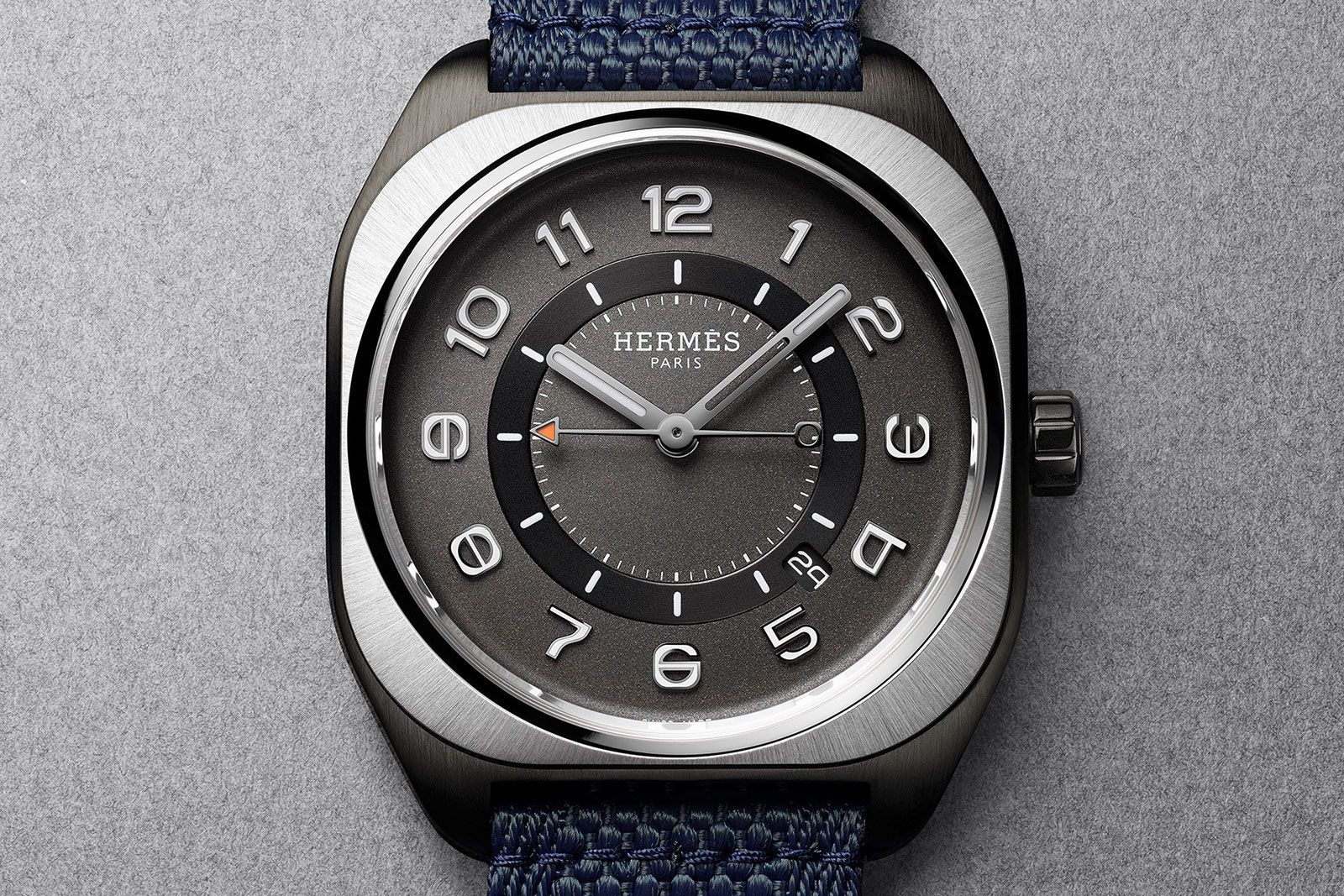
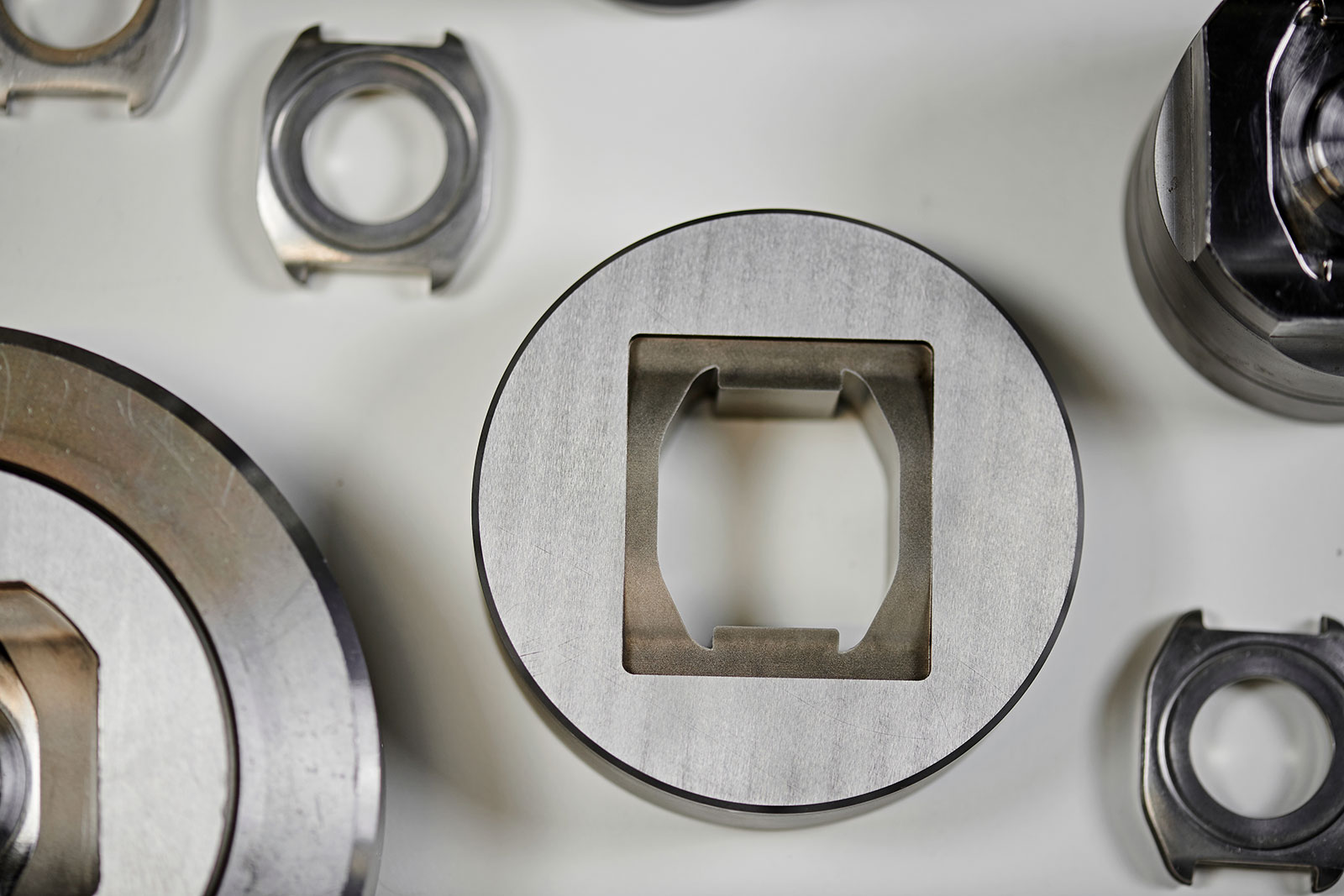
The case is stamped and then finished
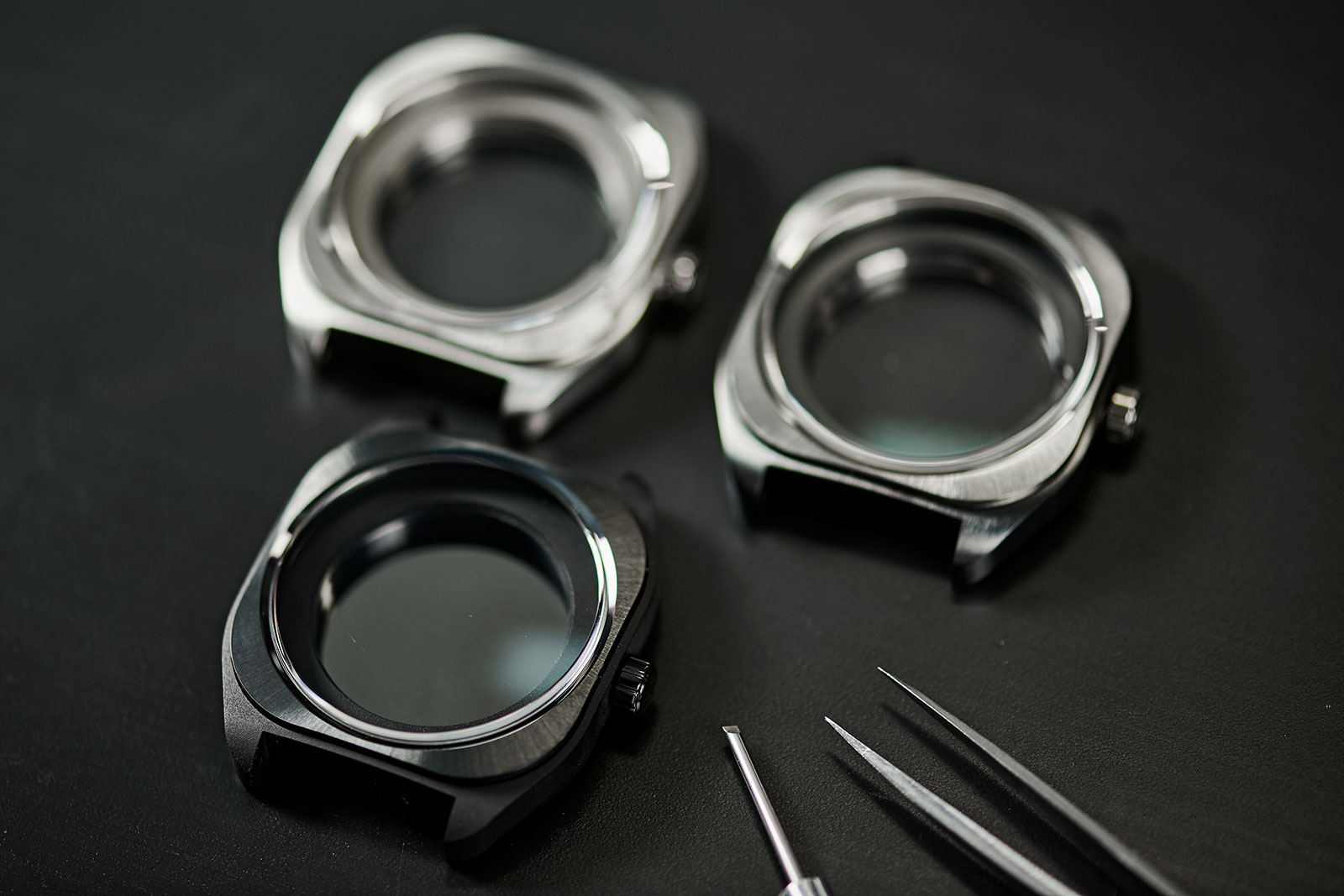
The titanium case is available with a black DLC coating (bottom left), or natural titanium
The composite version is similar, but substantially more lightweight. Its case is made of a composite that includes graphene, a form of carbon that is favoured for its strength and lightness. While the case middle is composite, the bezel is ceramic that’s finished with radial brushing, and mirror polishing on its innermost, raised lip.
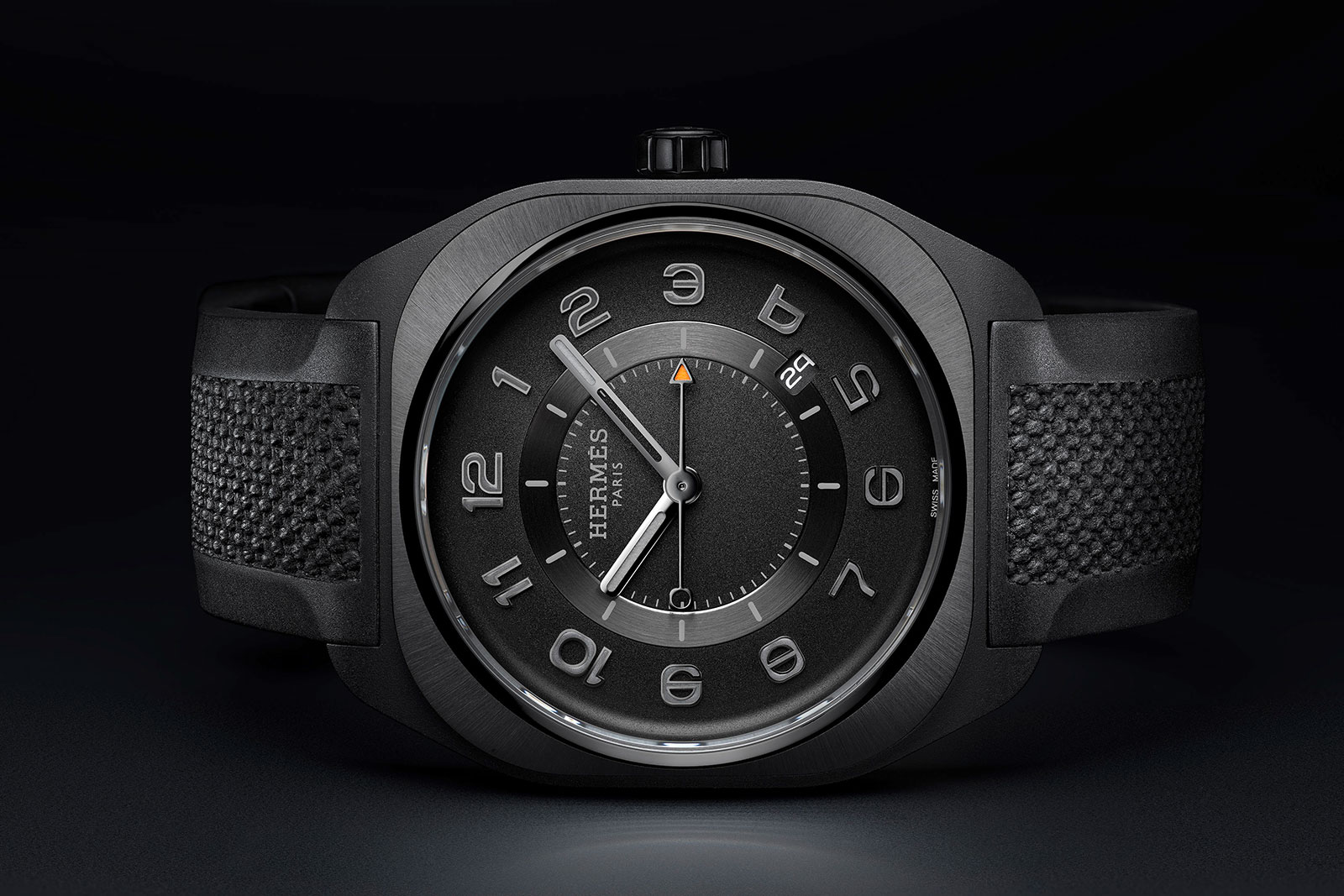
Similarly, the dial is made up of a variety of textures and layers. Its surface is finished with a granular texture, and segmented by a chapter ring that is brushed. And all of the hour numerals are applied.
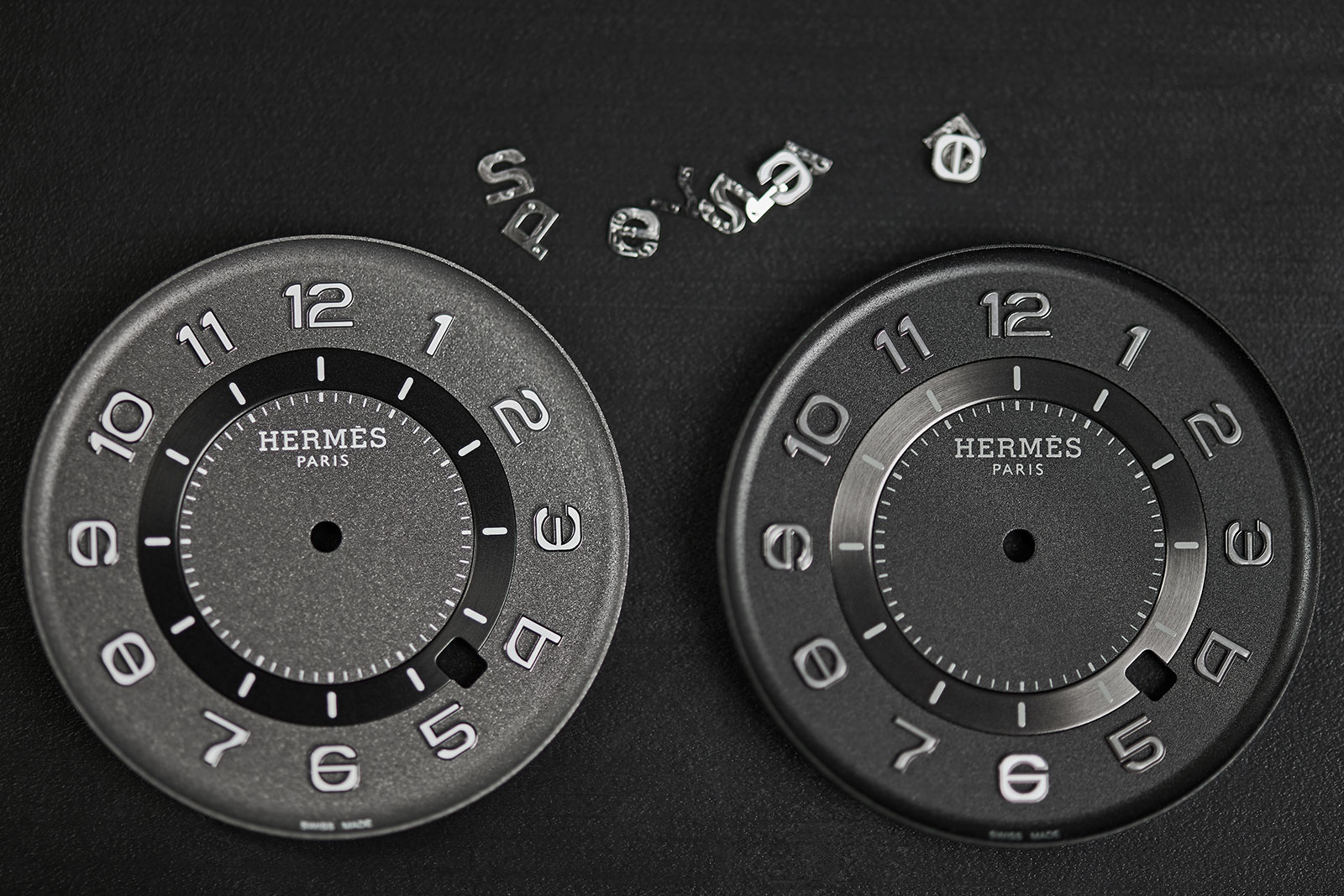
The H08 is equipped with the H1837, an automatic movement produced by Vaucher, the movement maker majority owned by Parmigiani in which Hermes has a quarter stake.
Based on the Vaucher VMF 3000, the H1837 is a slim 3.7 mm in height. It has twin barrels and a 50-hour power reserve.
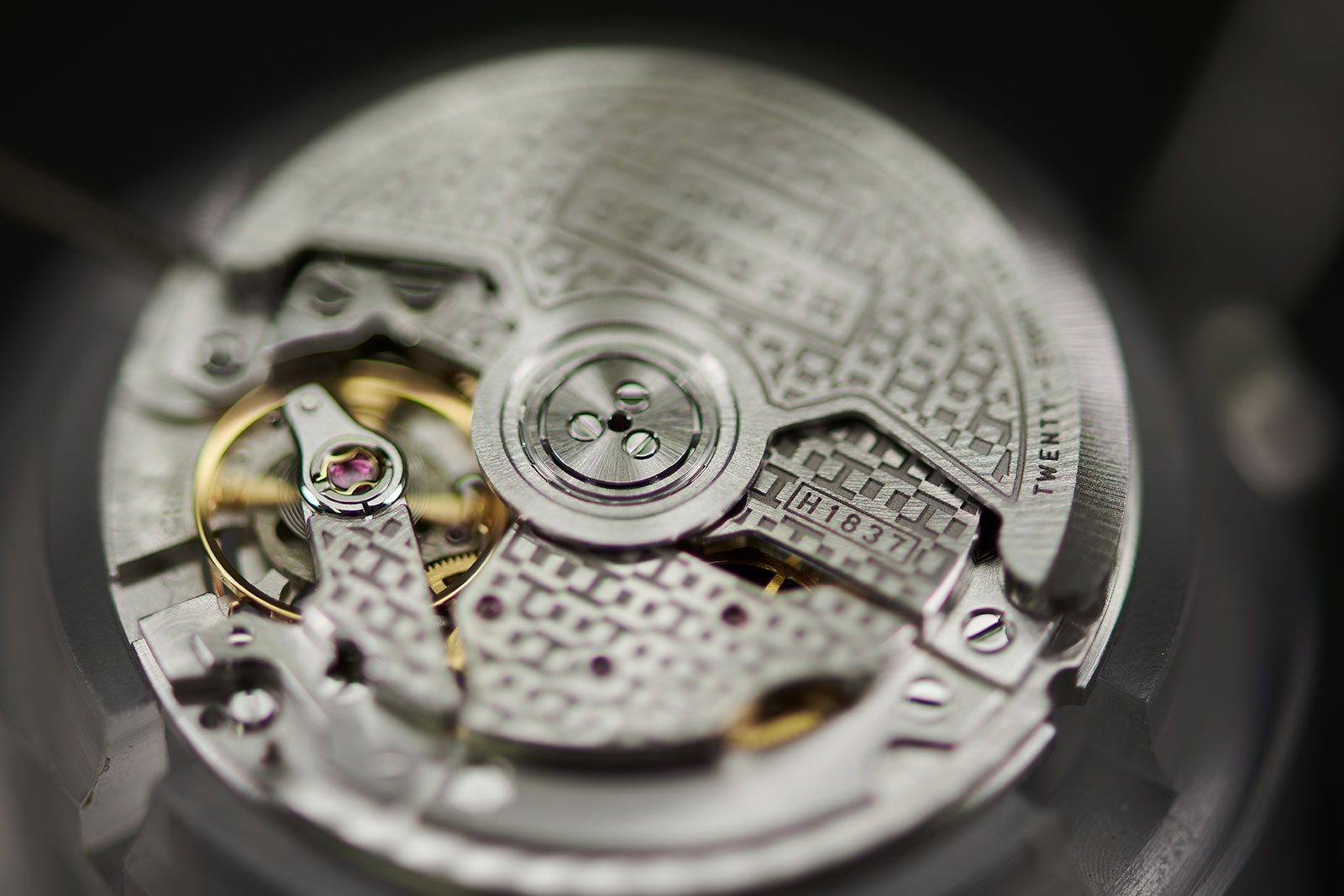
Key facts and price
Hermes H08
Ref. W049427WW00 (titanium on bracelet)
Ref. W049433WW00 (graphene composite)
Ref. W049428WW00 (titanium with DLC coating)
Diameter: 39 mm by 39 mm
Height: 10.96 mm
Material: Titanium or graphene composite
Crystal: Sapphire
Water resistance: 100 m
Movement: H1837
Functions: Hours, minutes, seconds, and date
Frequency: 28,800 beats per hour (4 Hz)
Winding: Automatic
Power reserve: 50 hours
Strap: Rubber or fabric webbing; brushed titanium version also available with matching bracelet
Availability: Already at boutiques
Price:
Titanium on strap – US$6,000; or 7,900 Singapore dollars
DLC titanium on strap – US$6,200; or 8,300 Singapore dollars
Titanium with bracelet – US$6,600; or 8,800 Singapore dollars
Graphene composite – US$8,900; or 13,000 Singapore dollars
For more, visit Hermes.com.
Addition April 16, 2021: Case height added.

